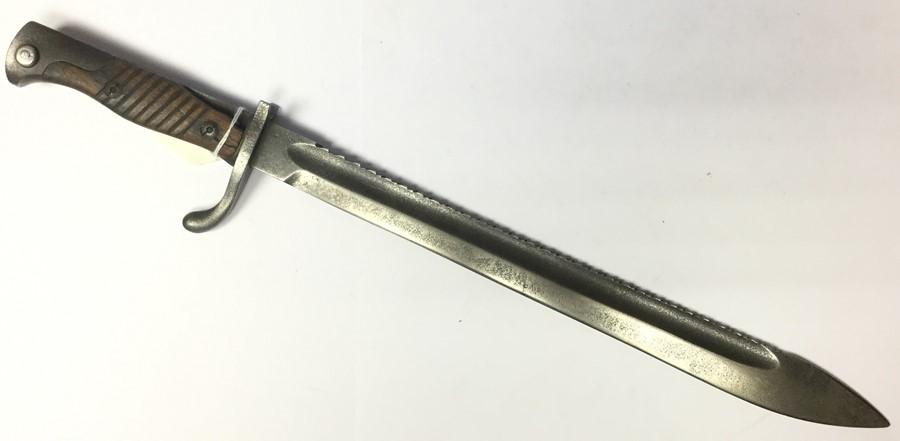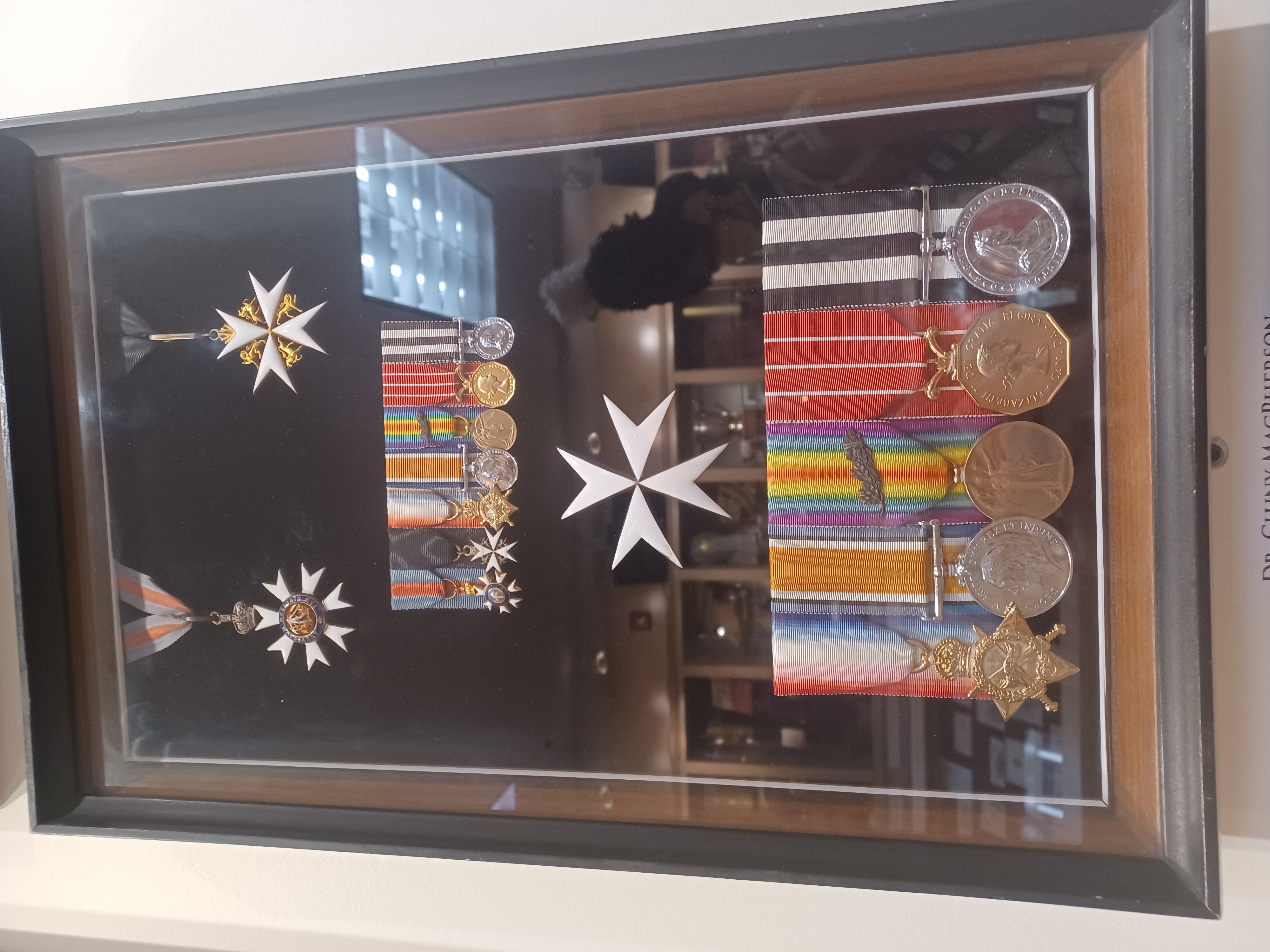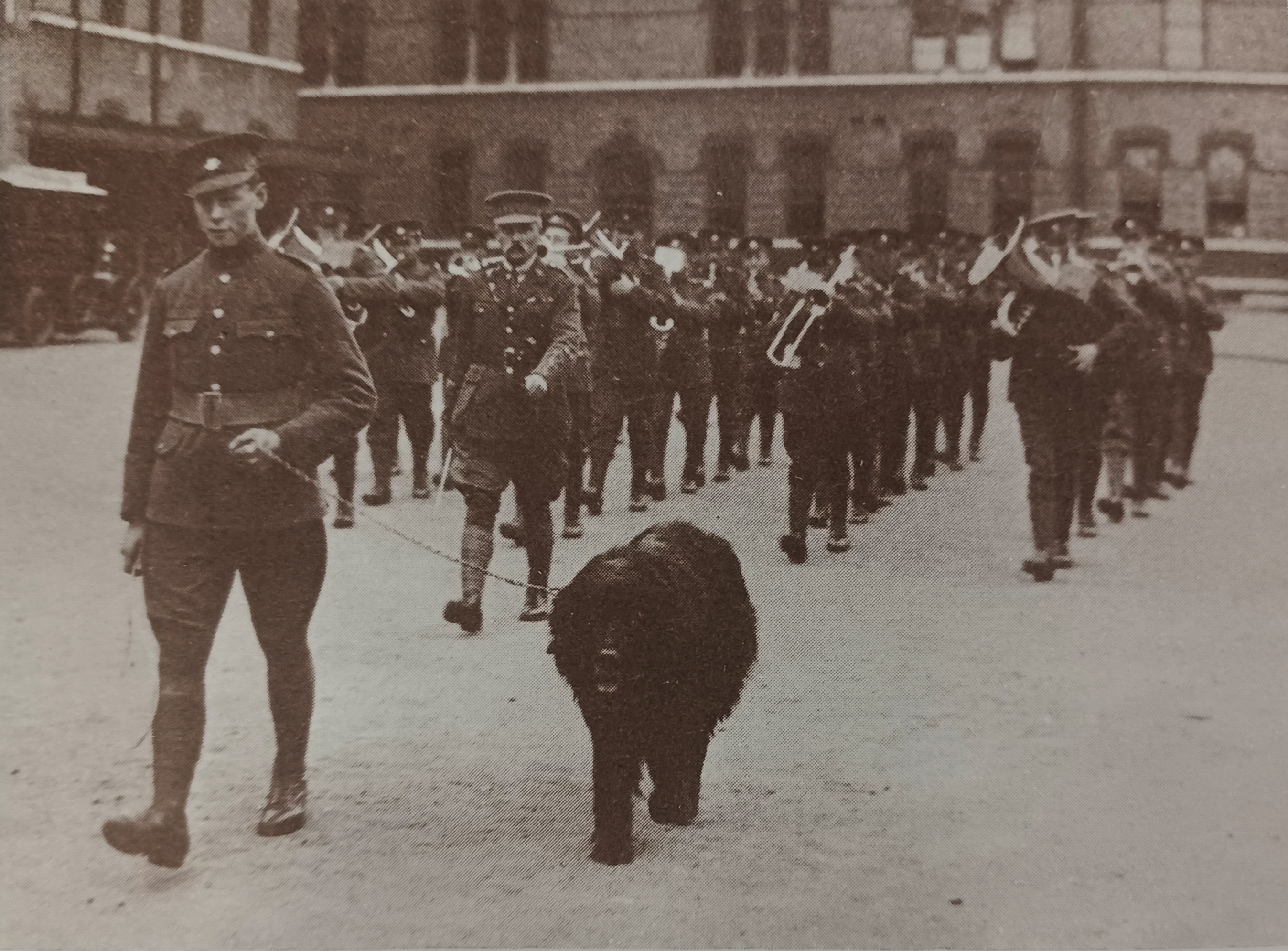Ceremonial swords symbolize authority and power. They are worn with dress uniforms at special events or ceremonies; a military wedding is one such example.
Over time, there has been a change in what these swords are crafted with. Today, ceremonial swords are made using precious metals which makes them significantly less effective in actual combat (not much of an issue since they are only used for ceremony and symbol). Previously, there was no distinction between ceremonial and practical. A soldier typically had one sword which he used in both combat and ceremony. Thus, earlier swords tended to be made of steel or other sturdier metals.
The one pictured above was donated to the museum by the family of Col. Sir Leonard Outerbridge (first Honorary Colonel of the newly established Regiment, 1949). It is a steel ceremonial sword with a leather bound steel scabbard. This sword was manufactured by Mander & Allenders in Liverpool, England.
Come visit the Royal Newfoundland Regiment Museum to see Sir Leonard Outerbridge’s ceremonial sword, and others like it, on display.














